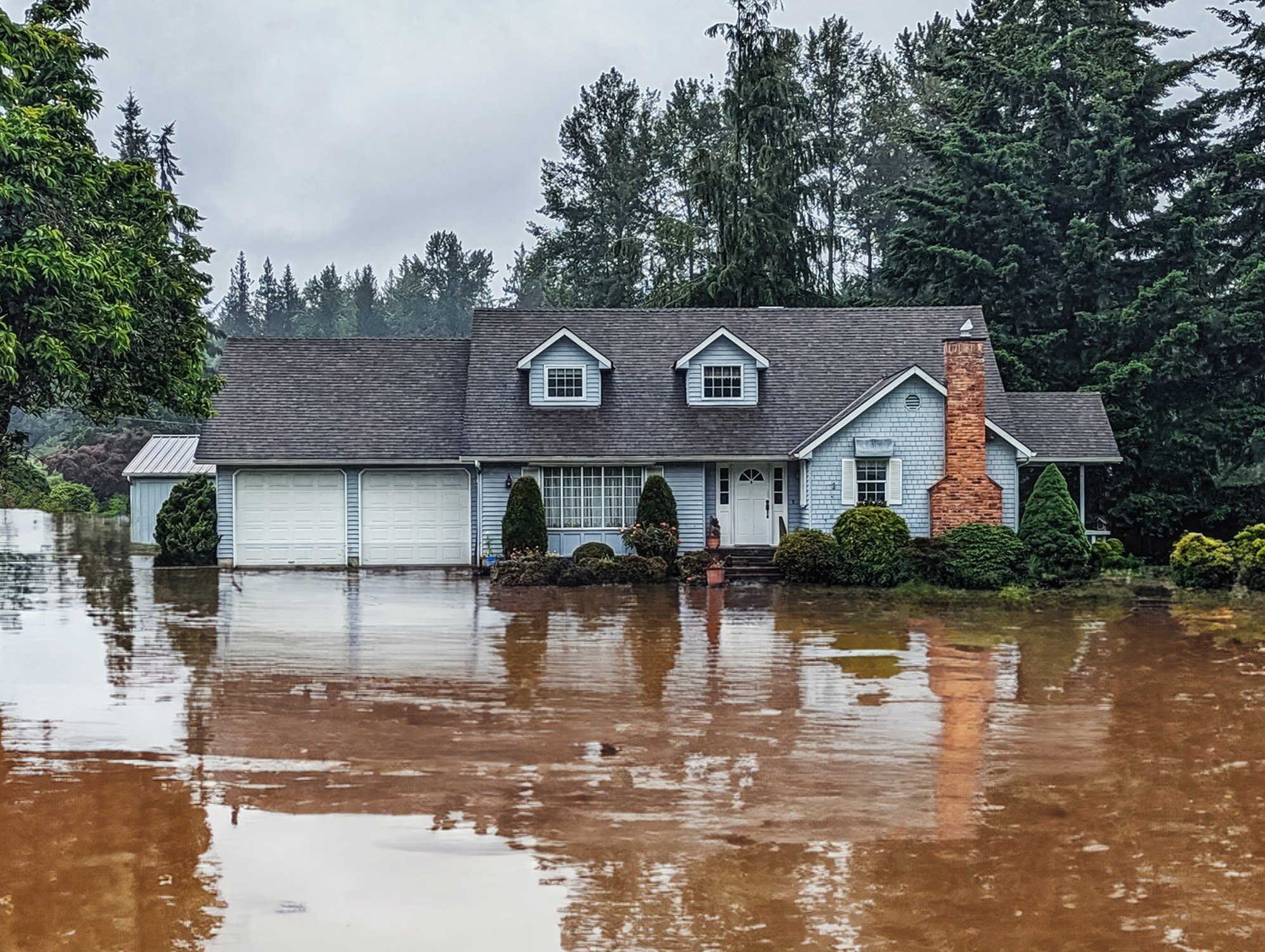Blog > Selling a House With a Sump Pump: What To Expect
Selling a house with certain unusual features might seem like a challenging endeavor, but it doesn’t mean it’s impossible.
And as spring approaches, sellers should start planning, as a specific week in April has been dubbed the best time to sell, according to a new report by Realtor.com® economists.
However, some potential homebuyers might be swayed to pass over a home if it has what they consider to be a “red flag,” like a sump pump, a device commonly used in homes built in flood-prone regions.
As Joseph Wade, vice president of operations of Benjamin Franklin Plumbing, explains, a sump pump is a crucial device that removes excess water from a basement’s sump pit or basin.
The existence of a sump pump in the home may concern potential buyers that the property is prone to flooding.
Wade concedes that sump pumps are common in homes in regions with high water tables or heavy rainfall, or areas prone to flooding such as the Midwest, Northeast, and parts of the Southeast.
“Coastal areas and locations with clay-heavy soil that retains water also frequently require sump pumps,” he adds.
But should having a sump pump in the home really be a deal breaker? Here are both sides of the debate:
What is a sump pump and why do homebuyers find them off-putting?
A sump pump is a device installed in the lowest level of your home, usually the basement, fitted to a sump pit or basin.
To prevent flooding and potential water damage to the foundation, walls, and flooring, the sump pump collects and pumps water out when it accumulates.
“When the water level rises above a certain point, the float switch turns on the pump, which then pumps the water away through a discharge pipe, typically outside the house,” Wade explains.
For some homebuyers, devices that conjure up images of natural disasters (and their consequences) can be discouraging. Buying a house that might have water issues therefore can be a deal breaker, and because of that, sellers might be reluctant to disclose this feature in their listing.
“Homebuyers will assume there is a history of water damage or future flooding issues, especially as the machine ages,” says Joel Efosa, a real estate investor with Fire Cash Buyer. “It’s also another to-do for homeowners in the back of their minds.”
In truth, a home in a flood-prone area can never be fully immune to water-related problems. Water can impact the foundation of a house, damage its structure, and even lead to mold and mildew issues.
Because of this, it’s no surprise that some buyers may prefer to purchase a turn-key home with different waterproofing measures, such as French drains, or a home at a higher elevation.
Yet, while buyers might think that the house with a sump pump has a water problem, in reality, “the house would have a water problem without a sump pump,” according to Dean Bennett, president of Dean Bennett Design & Construction.

(Getty Images)
Why having a sump pump in the house can be a lifesaver—and increase value
A sump pump can make the difference between saving your home—or sinking it.
Alyson Austin, principal and founder of mortgage and real estate consulting firm Gaffney Austin, shared that her home in Maine was built on a wet marsh and wooded lot. As such, it was essential that a sump pump be installed to evacuate water from under the house.
“Without it, the basement would flood,” she said. “Any expense associated with maintaining it far outweighs the damage caused to items in the basement if there was no sump pump on the property.”
With the rise of basements being refurbished into offices, playrooms, or laundry rooms, having a sump pump can ensure that the home isn’t positioned for more extensive damage.
“Sellers should embrace the sump pump feature and explain that it is necessary and fairly low maintenance for the home,” she said. “Usually, a plumber can repair or install a sump pump as part of their routine services.”
Benjamin Franklin’s Wade echoes the sentiment, noting that highlighting it as a proactive measure that keeps homes safe can be a selling point rather than a drawback.
“Proper disclosure, maintenance records, and reassurance about the home’s drainage system can help ease buyer concerns,” he says.
Pros and cons of a house with a sump pump
Like any home feature, sump pumps can have advantages and disadvantages. Pros include protecting against basement flooding, preventing mold and mildew, and even reducing humidity levels in the home, says Maksim Sauchanka, a home improvement and remodeling expert and owner/CEO of BMR Belmax Remodeling.
“If a backup system is installed—like a battery-powered or water-powered pump—it provides peace of mind in case of power outages,” he says.
Another consequential advantage is that having a sump pump installed can reduce home insurance premiums if the area you reside in suddenly becomes known to insurers as a high-risk area for flooding.
“Some insurers may make such systems a requirement should frequent flooding occur, whilst others may refuse to insure you without one,” says Pablo Martinez-Moore, commercial and marketing director at North Ridge Pumps.
On the downside, Sauchanka says that a sump pump requires some maintenance, including occasional cleaning and testing to ensure it’s working correctly.
He also reiterates that because a sump pump depends on electricity, it won’t function during an outage without a backup system.
“However, compared to the cost of water damage remediation, a sump pump is a smart investment that often outweighs any drawbacks,” he adds.
How to sell a house with a sump pump
Instead of downplaying (or ignoring) this feature, experts recommend that sellers highlight it.
“Selling a home with a sump pump is all about positioning,” says Sauchanka.
For example, in your listing, have your agent mention that the home has a waterproofing system in place, including a sump pump to prevent basement flooding.
“If the sump pump is newer, emphasize that it’s been recently replaced or upgraded,” he says. If you have a backup system, make sure to include that as well, as it reassures buyers who worry about power outages.
Finally, he suggests that during showings, be proactive.
“If buyers ask about the sump pump, explain that it’s a protective measure, not a sign of an issue,” he says. “Have maintenance records ready to show that it’s been properly cared for. If needed, you can even offer a home warranty that covers the sump pump, which can put hesitant buyers at ease.”
